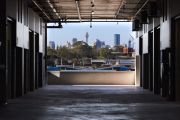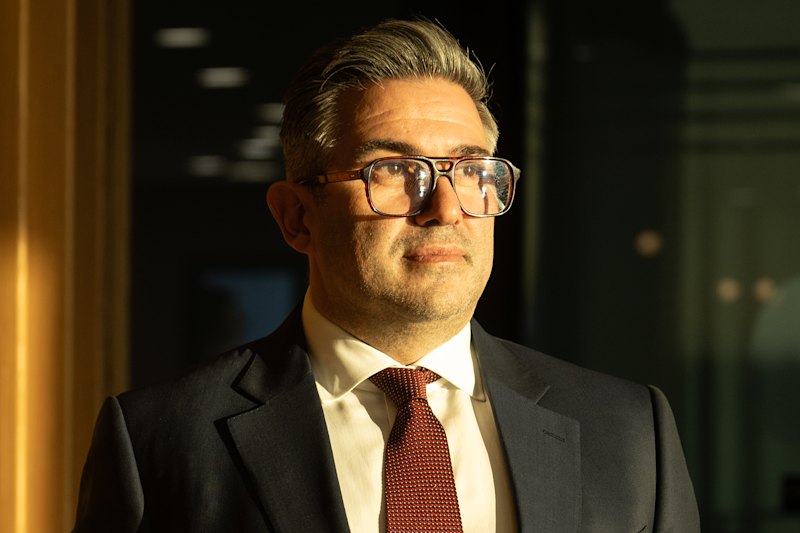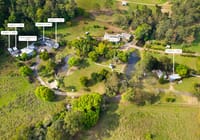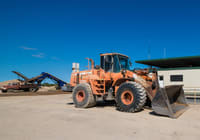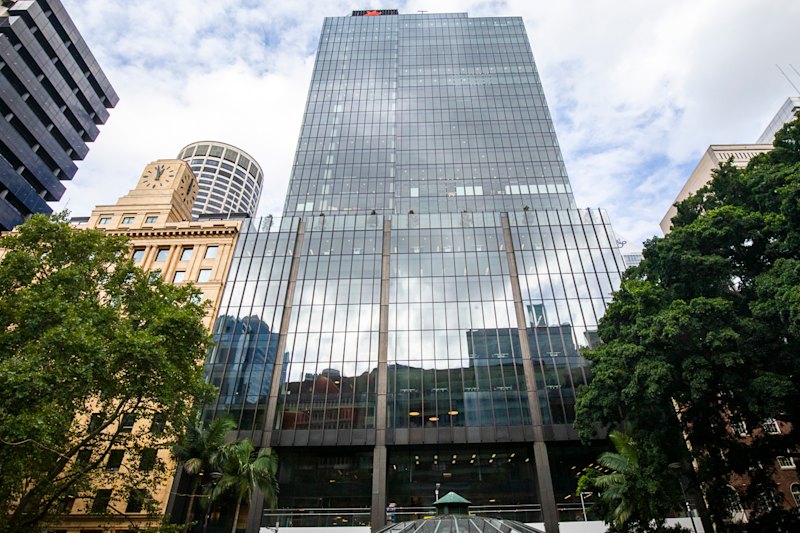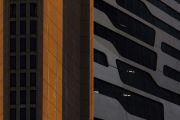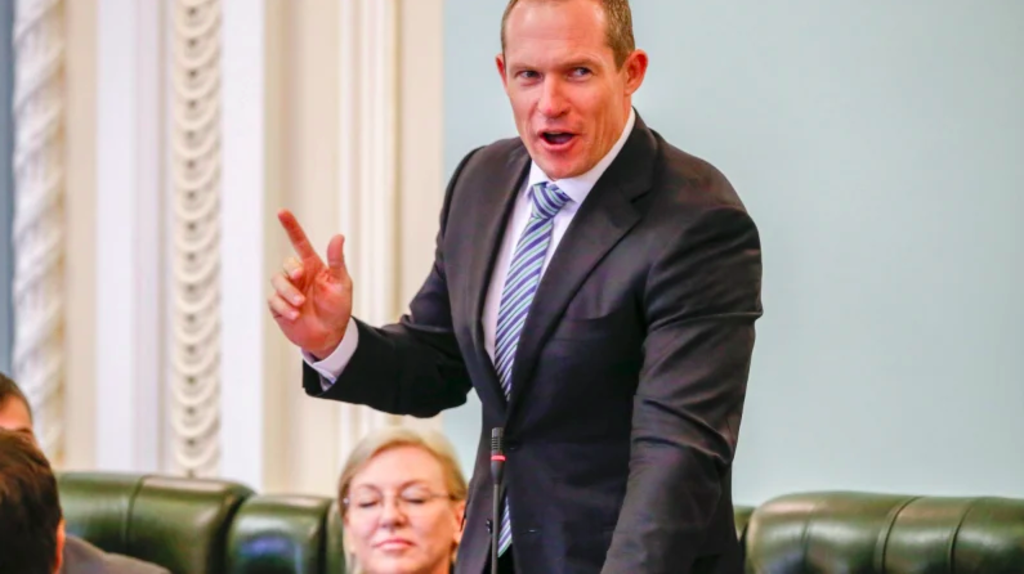
Building ministers, industry at odds over insurance fix
Building ministers and industry remain divided over how to solve the insurance crisis ahead of the crucial Building Ministers’ Forum in Canberra on Friday.
Ministers are focusing on longer-term fixes, while industry figures say policy makers need to underwrite cladding rectification to bring insurers back to the table in the short term.
State and territory ministers will on Friday announce extra funding to a beefed-up Australian Building Codes Board, to boost the state-federal agency’s co-ordination of much-needed reforms.
Queensland will also promote the idea of a national professional development scheme for industry professionals along the lines of the state’s own existing program.
But while these policy moves would restore consumer confidence in future building projects, it would take longer to achieve the same for existing buildings plagued by problems of defects and combustible cladding, Queensland building minister Mick de Brenni said.
“We say in respect of new buildings we can see a short-term achievement of very effective compliance, and in terms of buildings that already exist the identification and rectification of latent defects will take some years,” Mr de Brenni told The Australian Financial Review.
The recent surge in insurance premiums would also reverse once surveyors were part of a nationally consistent scheme that raised standards, he said.
“What will drive down insurance costs over time is the realisation of higher standards of conduct that will come with a professional standards scheme, where certifiers can hold themselves to account,” Mr De Brenni said.
That is time the industry does not have, said Brett Mace, chief executive of the Australian Institute of Building Surveyors, which represents building surveyors and certifiers – many of whom are struggling to get professional indemnity insurance that covers cladding-related liability.
“The future looks a lot better if we get regulatory reforms,” Mr Mace said.
“But it’s the short term now that is causing the problems we’re seeing with sustainable professional indemnity insurance.”
Insurers’ reluctance to offer professionals such as building certifiers and fire engineers cover for cladding-related exposure would only ease once they knew governments would underwrite some of the rectification cost, and not leave it solely up to the insurance industry, he said.
“That’s the short term [response] that has to happen – that nationally consistent agreement to cladding rectification,” he said.
“Once they have that, [they] can take insurers and negotiate a way forward to address the dark cloud hanging over the industry.”
On that point, states remain divided. In July, Victoria announced a $600 million fund to cover the cost of rectifying combustible cladding on privately owned buildings. Queensland and NSW have not followed suit, and the federal government has also ruled out paying for rectification.
Mr Mace said the different policies had made resolving the insurance problem harder.
“It’s made more public the division between a nationally consistent agreement,” he said.

